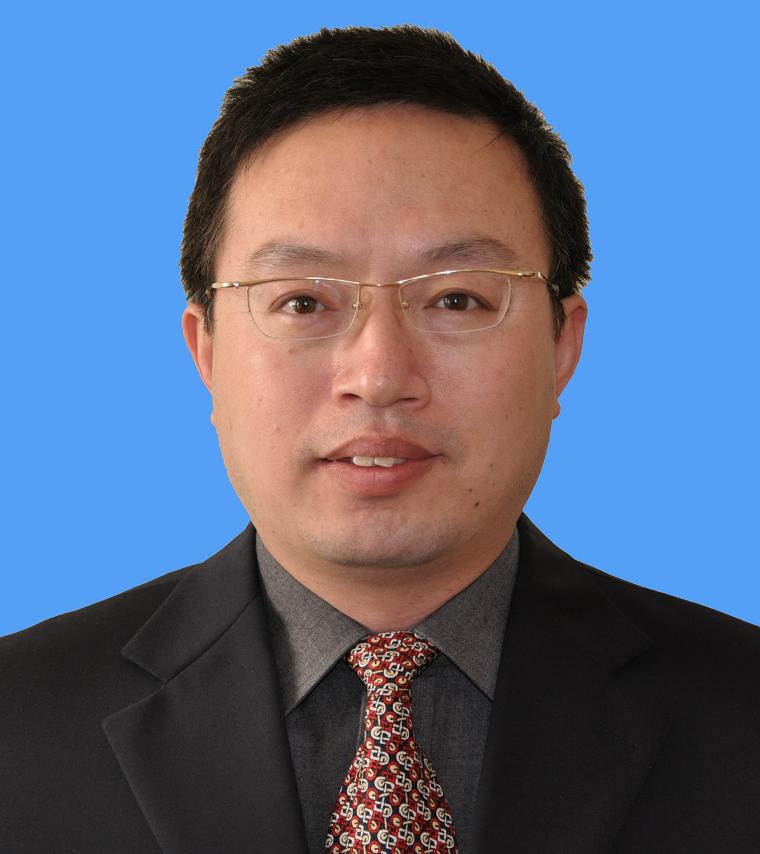Last month U.S. Secretary of State John Kerry made headlines and won high praise for mediating between Israel and the Palestinians, and restarting the perennially start-stop “Middle East peace process.” Then, Kerry boarded Air Force One and jetted to Brunei to catch the last day of the ASEAN+3 (China, Japan, Korea) meeting.
For the world’s media, Kerry’s Middle East diplomacy was of major, possibly historic, geopolitical significance. By contrast, Kerry’s attendance at the ASEAN+3 meeting, and the U.S. diplomacy in Asia, was an unimportant sideshow.
But the media had it exactly wrong. For fundamental U.S. interests, whether progress is achieved in the Middle East, or the talks eventually stall, is of trivial importance.
Of profound importance and potentially grave threat to U.S. interests is the dynamic that dominated the ASEAN+3 meeting. That was the complete breakdown in the top-level official contacts between China and Japan’s Abe Shinzo-led government.
As the June 7-9 Sunnylands Summit affirmed, the economic, political, and security relationship between the United States and China will be the most fateful and potentially beneficial for both countries during this century.
Under the U.S.-Japan alliance, a legacy of WWII and the Cold War, Japan is effectively a security protectorate of the United States, as well as the main platform for U.S. force deployments in Asia. Japan’s foreign relations, and particularly territorial disputes, have potentially dangerous derivative risks for the United States.
Today, no global conflict presents for the United States more potential long-term danger than the dispute between Japan and China over the Senkaku/Diaoyu islands. It is imperative that the Obama administration engages both China and, particularly its client, Japan, to seek a resolution of this dispute.
The Japanese press reported that Chinese President Xi Jinping told President Obama at the Sunnylands Summit that the Diaoyu islands are among China’s “core territorial interests”–i.e., on the same level as Taiwan and Tibet. Xi’s confirmation was the fillip necessary to end the Obama administration’s inertia and for the State Department to begin putting pressure on Japan to resolve the dispute.
On June 25, former deputy secretary of state Richard L. Armitage and Harvard professor Joseph S. Nye, in the company of John J. Hamre, called on Japanese Prime Minister Abe in Tokyo. Former Japanese diplomat Amaki Naoto writes that these men surely conveyed to Abe the great dissatisfaction in Washington, D.C. with his nationalistic stances on war history. I believe that they would also have counseled him that the Obama administration expects Japan to go “more than half way” in meeting Chinese demands to resolve (or, at minimum “reshelve”) the Senkaku/Diaoyu island dispute.
China, as we might expect, is setting conditions for holding top-level talks with Japan over the territorial dispute. On June 30 Prime Minister Abe complained publicly about China’s conditions that would include, but certainly not be limited to, Japan abandoning its fanciful stance that Japan’s claim is undisputed.
The June 27-July 2 ASEAN + 3 meeting passed with China’s foreign minister Wang Yi refusing a bi-lateral meeting with Japan’s foreign minister Kishida Fumio. (This follows rejection by President Obama of a meeting with PM Abe during the G8 meeting in Northern Ireland, held a week after the Sunnylands Summit.)
Abe’s complaints about China’s conditions surely reflect pressure being felt also from Washington, D.C. Very likely, U.S. Secretary of State Kerry delivered more pressure in meetings with his Japanese counterpart on the sidelines of the ASEAN + 3 meeting.
Amaki writes that Abe is close to being unofficially designated “persona non grata” in Washington, D.C. for his nationalist stances and pandering to right-wing groups. He is being told by U.S. diplomats to desist from using such stances to gain support in the July 21 Diet upper house elections.
It has been taken for granted that serious Japan-China negotiations on the Senkaku/Diaoyu dispute would be delayed until after the Diet election. It seems now certain that Abe’s coalition will gain at least a majority, if not two-thirds, of upper house Diet seats. With his political back thus protected, he will have ample flexibility to seek rapprochement with China.
But Japan-China rapprochement will not be easily accomplished. And it will not be based on a simple return to the status quo ante, either of Japan-China relations, or of Japan-U.S. relations, or of U.S.-China relations.
The fundamental cause of the dangerous geopolitical instability in East Asia–of which the Senkaku/Diaoyu dispute is product–is the United States hegemonic post-WWII, Cold War military/strategic order. The main element of this order is the U.S.-Japan “alliance” and U.S. forces based in Japan. A secondary element is U.S. military forces in South Korea.
A new, stable East Asian order will not be possible until the U.S. withdraws most of its forward strategic power from the region, greatly downgrades or abrogates the U.S.-Japan alliance, and agrees to follow China’s lead in resolving many regional problems, including Korean Peninsular denuclearization.
Progress toward such a new order was begun at the Sunnylands Summit. It should and, I believe, gain momentum during the next four years. Japanese Prime Minister Abe is certain to be feeling more pressure from both Beijing and Washington in the months ahead.
Stephen M. Harner has been a U.S. Foreign Service Office, banker, and consultant based China and Japan since 1975. He is a graduate of the Johns Hopkins University School of Advanced International Studies (SAIS).


